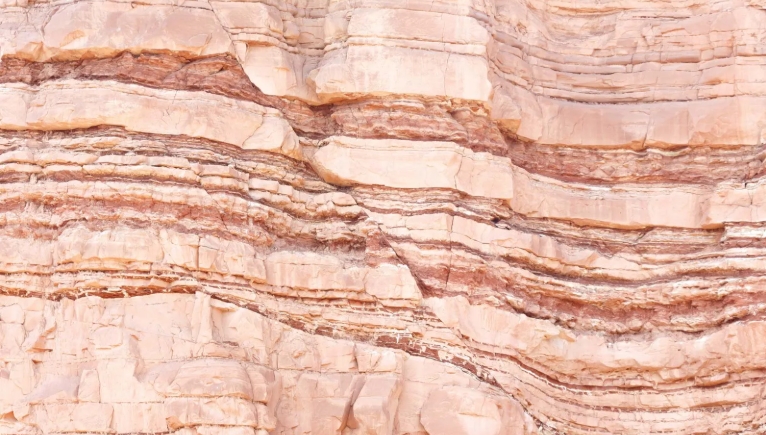Diastrophism is a fundamental concept in the field of geology that refers to the deformation of the Earth’s crust. This natural process is responsible for the formation and alteration of the Earth’s surface over millions of years. Let’s dive deeper into the mysteries of diastrophism and understand how it shapes the world around us.
What is Diastrophism?
Diastrophism encompasses a wide range of geological processes that result in the deformation of the Earth’s crust. This includes folding, faulting, and uplifting of the Earth’s surface due to tectonic forces. These forces can be caused by the movement of tectonic plates, volcanic activity, or even the weight of glaciers.
Types of Diastrophism
There are two main types of diastrophism: epeirogeny and orogeny. Epeirogeny refers to the gradual uplift or subsidence of large landmasses over geologic time scales. This process is responsible for the formation of continents and the shaping of landscapes. Orogeny, on the other hand, involves the folding and faulting of the Earth’s crust due to tectonic forces, resulting in the formation of mountain ranges.
Effects of Diastrophism
Diastrophism plays a crucial role in shaping the Earth’s surface. It is responsible for the formation of mountain ranges, valleys, and other landforms. By studying the effects of diastrophism, geologists can better understand the history of the Earth and predict future geological events such as earthquakes and volcanic eruptions.
Unraveling the Mysteries
Understanding diastrophism is essential for geologists to unravel the mysteries of the Earth’s past and predict future geological events. By studying the deformation of the Earth’s crust, scientists can reconstruct the history of tectonic movements and better understand the processes that shape the world around us.
In conclusion, diastrophism is a complex and fascinating phenomenon that has shaped the Earth’s surface over millions of years. By unraveling the mysteries of diastrophism, geologists can gain a deeper understanding of our planet’s geological history and predict future events that may impact our world.

